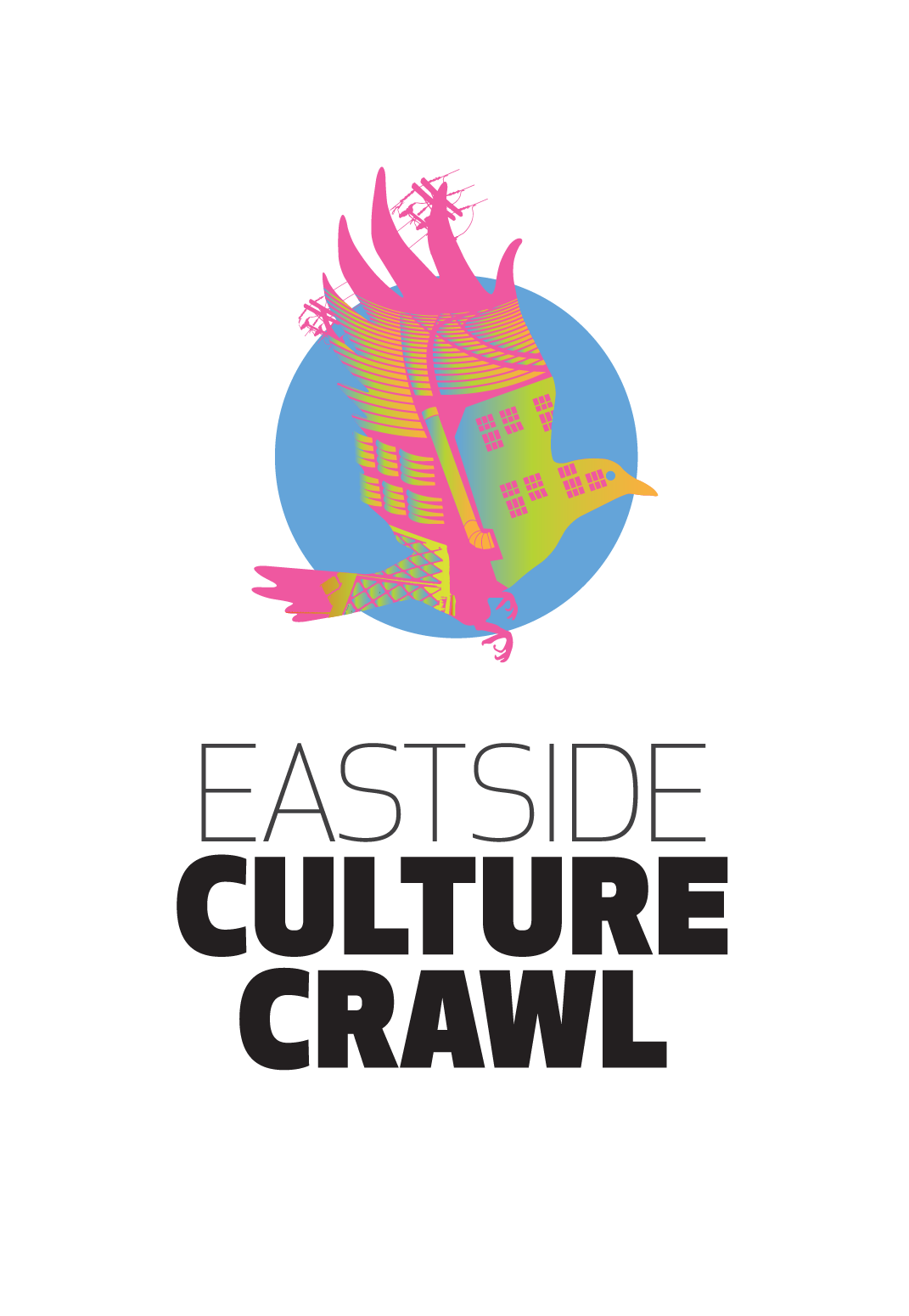Love, Passion & Investment:
A Photography Primer by Kiku Hawkes
Whether for love for a particular image, a passion for the medium, or wise investment, there are a number of criteria that should inform your selection of a photograph.
Contemporary photography can be divided in three broad categories: colour, black and white (b&w) and photo-based. They include traditional/analog, alternative process and digital.
- Artists: Does the artist exhibit regularly; how have critics responded? Is s/he engaged with contemporary art/photographic practices? Do they have gallery representation?
- Medium: What medium is the work printed on, and with which process? Critically, is it stable? Is it signed? While photographs aren’t fragile, they are works on paper and sensitive to uv damage, fading, curling, etc.
Traditional Methods:
Both b&w and colour prints should have clear highlights and a clean border. Yellowing or staining indicates contamination and guarantees the print will degrade over time.
- Archivally-processed b&w images (1874–) were considered the most stable of photographic media until the advent of digital printing.
- Most images are printed on silver gelatin paper, either fibre-based or resin-coated. A light-sensitive coating is applied to a neutral, acid-free paper base in the former; in the latter, it’s sandwiched between layers of polyethylene. In general, avoid anything with poly in the list of ingredients. Prints can be further stabilized/ enhanced via toning; selenium or sepia is generally used.
- Chromogenic or C-print (1942–), a colour-negative process, is dye-based and works prior to the mid- 1990s are notoriously unstable. Think of that lovely, faded image hanging on a south wall.
- Ilfochrome (1960s–2012), a direct positive medium formerly known as Cibachrome, is considered archival. Although dye-based, collectors report stability in normal light. C-prints and Cibachromes as well as most other colour processes have been replaced by digital output.
Digital Media:
Digital image-making indelibly altered the production and presentation of photographic images. The historically brief lifespan of colour
prints has been extended by nearly a century.
Each print should include the date, and information on printer, inks and medium used; i.e., Epson 4800; Ultrachrome inks; Moab Rag Entrada Natural, 300 gms.
Editions:
Digital printing reset the standard for archival stability; however, the ease with which images are now produced places the question of edition front and centre. As with most things, scarcity determines value.
- Is the image one of a numbered edition and, if so, how many prints were issued? Were any purchased by important institutions and/or collectors? Is there a secondary edition— a smaller version of the same image, and run of 1000?
Presentation:
Large prints are often face-mounted; a print or transparency is adhered to the rear surface of a sheet of plexi-glass. There is some uncertainty about the long-term stability of this technique.
- Traditional framing protects work from atmospheric damage and dust. Mat and backing should be cut from acid-free, rag board. uv-resistant Den Glass, while costly, provides additional protection.
